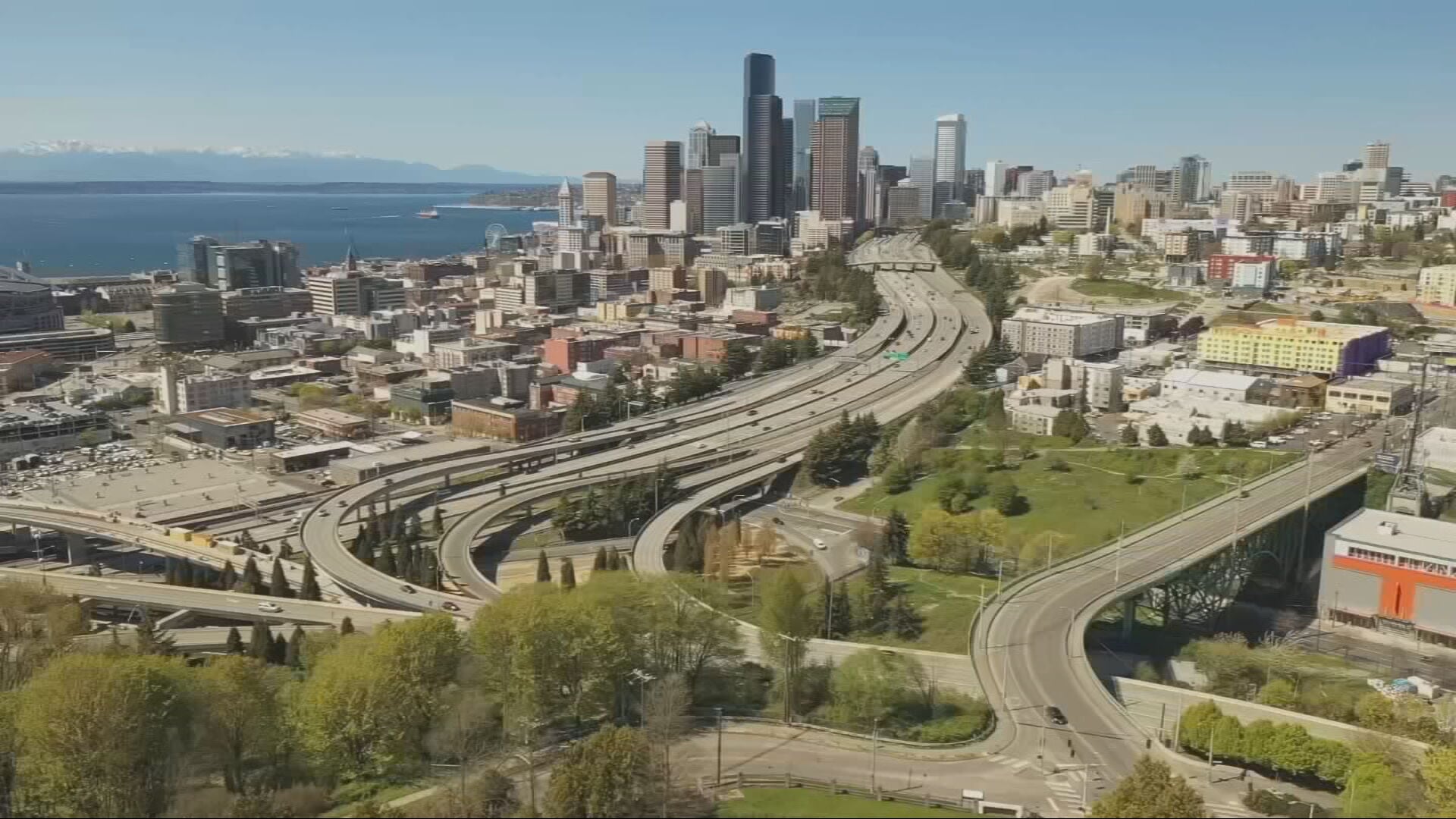SEATTLE — This story was origionally publised on MyNorthwest.com
While the average size of newly built apartments in the U.S. has been on the rise, Seattle stands out as an exception, with its new units becoming increasingly tinier.
According to analysis by RentCafe, the average size of new apartments in Seattle between 2015 and 2024 was just 649 square feet, making them the smallest in the nation—even smaller than those in Manhattan, which is 738 square feet. Portland, at 668 square feet, is close behind.
In contrast, the national average for new apartments has slightly increased, from 891 square feet in 2022 to 908 square feet in 2024.
As Seattle apartments shrink, rents remain high
Seattle’s trend towards smaller apartments is not just a recent development.
Over the past decade, the average size of new apartments in the city has decreased by 3.6%, dropping from 686 square feet to 661 square feet. This decline is in stark contrast to cities like San Francisco, where new apartments have grown by 73 square feet over the same period. But it also coincides with the “tiny apartment” or “micro-apartment” movement that developers started to adopt in 2023 and 2024.
Despite the shrinking sizes, rents in Seattle remain high. The average rent in Seattle is $2,232, significantly above the national average of $1,755.
In neighborhoods like South Lake Union, the average rent climbs to $2,789, with an average apartment size of 741 square feet. Meanwhile, in the University District, renters pay an average of $2,114 for just 576 square feet of space.
The most affordable neighborhood for renters is Wedgwood. The average rent is $1,533.
Nothing will change anytime soon
The combination of decreasing apartment sizes and rising rents presents a difficult environment for Seattle renters.
With a high demand outpacing supply, apartments will likely continue to be built below national averages. There’s only so much space to build in the city. Seattle Mayor Bruce Harrell has called for 330,000 new housing units within 20 years. But critics note that’s not especially viable unless significant neighborhoods are bulldozed and rebuilt from scratch.
©2025 Cox Media Group






